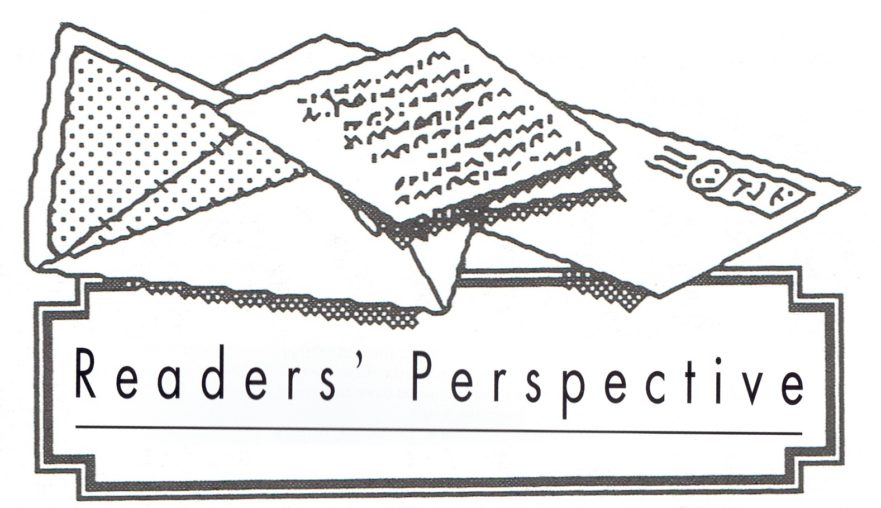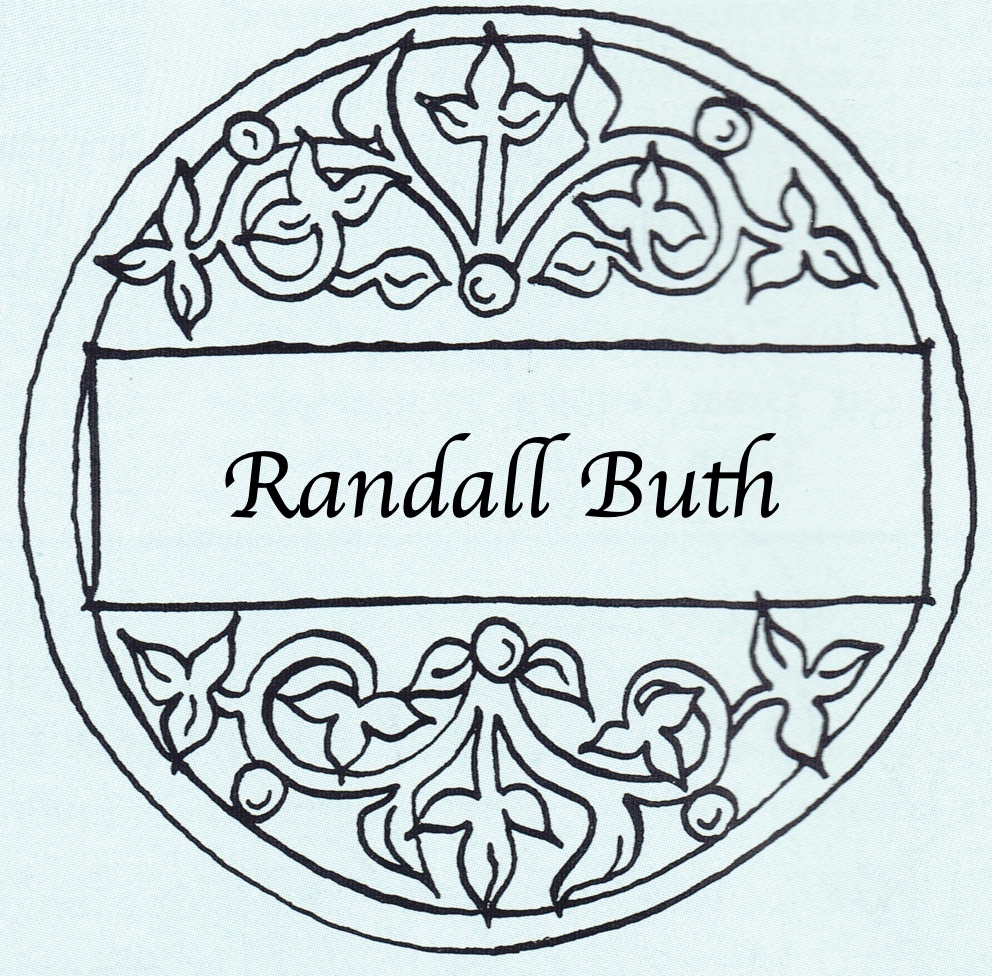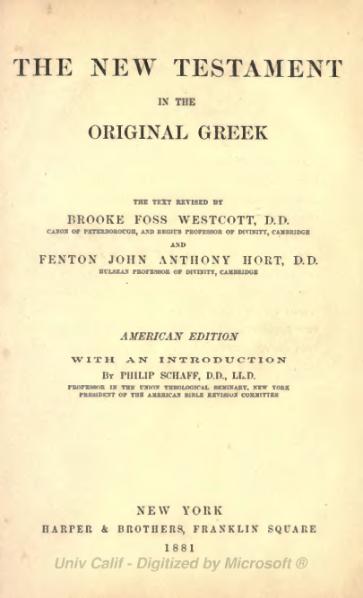Double question received from Ted Hesser (Copper Center, Alaska, U.S.A.) that was published in the “Readers’ Perspective” column of Jerusalem Perspective 55 (Apr.-Jun. 1999): 8.
I have two questions, the first of which concerns the genealogy in Matthew. Dr. Lindsey said that Matthew’s genealogy is quite Hebraic, and that much of the Gospels was taken from material translated from the Hebrew. I am convinced, but wonder how Matthew 1:1–11 was written in Greek with such perfect mathematical symmetry. In these eleven verses, there are seven substantive nouns, 35 (7 x 5) names, seven other words, and a total of 49 (7 x 7) words in the vocabulary. In the 35 names there are 196 (14 x 14) letters, and in the three women’s names there is a total of fourteen letters. And of course, I will add that the evangelist built into his genealogy a pattern based on fourteen generations. Could that have resulted from a translation from the Hebrew? Or was it divinely or humanly altered to create such a pattern, and if so, for what reason?
The second question relates to The New Testament in the Original Greek by Westcott and Hort (1881). Gail A. Riplinger in her book New Age Bible Versions gives information concerning Westcott and Hort which casts doubt on the authenticity of their work. The omissions, based on the Nestle-Aland Greek New Testament and the United Bible Societies’ text (3rd ed.), found in the margin of my NKJV do seem to show a pattern that could reflect a theological bias. Moreover, these omissions seem to conflict with the abundance of mathematical patterns in the Hebrew of the Old Testament and the Greek of the New Testament. Note particularly the numerical patterns in Genesis 1:1—seven words, 28 letters, and the addition of the gematria of various words yielding 777, 888 and 999. The patterns in Proverbs and Ecclesiastes are also remarkable.
Randall Buth responds:
Biblical writers infrequently consciously used numerical patterns or codes in their compositions. As you mention, Matthew himself structured his genealogy around a repeating pattern of 14 generations. Gematria—playing with the numerical value of words in Hebrew or Greek—is, however, distracting at best. The prophets communicated their message in a manner which they expected their audiences to understand. Men of old penned the books of the Bible so that their contents would be understood.
In the past, many have tried to use gematria as proof of the Bible’s perfection. In our day, newcomers repeat the efforts of others despite the fact that such an exercise runs up against serious objections. First of all, number patterns like the ones identified in your letter are selected with a certain subjectivity. For example, assigning a numerical value to each letter of each word in Genesis 1:1 and, then, totaling the numerical value of each word yields the following series: 913, 203, 86, 401, 395, 407 and 296. I do not see a divine message in these numbers. Ah, but the content! “In the beginning God created heaven and earth.”
The Matthean example also serves well for showing how selective subjectivity is at work to “produce” a pattern. Why were the verbs not counted in your selection? There are 27 (3 x 9). Why was verse 11’s “Babylon” chosen as a break? A more natural break in Matthew’s list is verse 1:6b: “…fathered David the king.” For comparison, the statistics for verses 1–6 are: 90 words (that is 2 x 3 x 3 x 5, and the factors add up to 13!), 6 substantive nouns, 34 names (2 x 17), 21 different names, excluding repeated names (3 x 7), 15 conjunctions (3 x 5), 19 articles, 3 prepositions, and so on. Within any section of text, one may define and find a multitude of things. By necessity, assigning numerical values will produce numbers, and by necessity, numbers will frequently be multiples of 3, 7, etc. A person only needs to keep counting different subsets until a pattern of sevens, or another auspicious number, emerges. Once it does, the “decoder” then moves on to another text and repeats the procedure.
Regarding Westcott and Hort, a gentle warning to be careful of ad hominem arguments is in order. What is an ad hominem argument? For example, theory A is associated with person B. Person B is alleged to be a bad person by person C. Therefore, theory A is suspect, or worse. A better question would be: Is theory A sound? If so, fine.
Today’s published New Testament Greek texts are based on a sifting of manuscript evidence. They happen to line up closely with Westcott and Hort’s text produced in the last century. This may be taken as a compliment to Westcott and Hort’s critical acumen. They had to make textual decisions based on less evidence than is available today, yet they were able to reach many of the same conclusions that twentieth-century textual critics have reached.
For more on Bible codes, see Jack Poirier, “Does God Play Scrabble?”—JP.


































































































